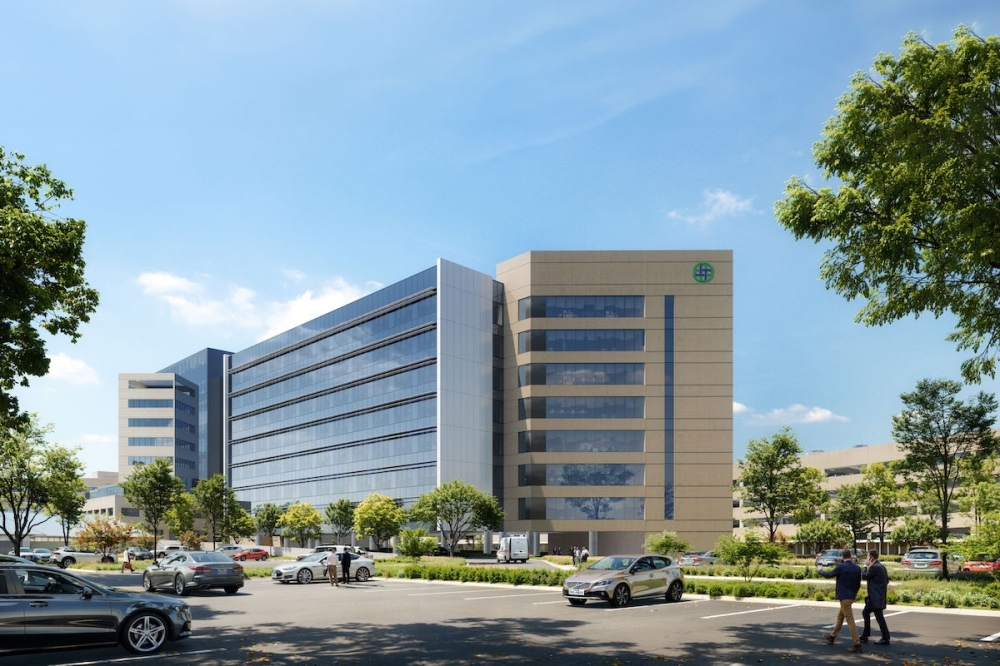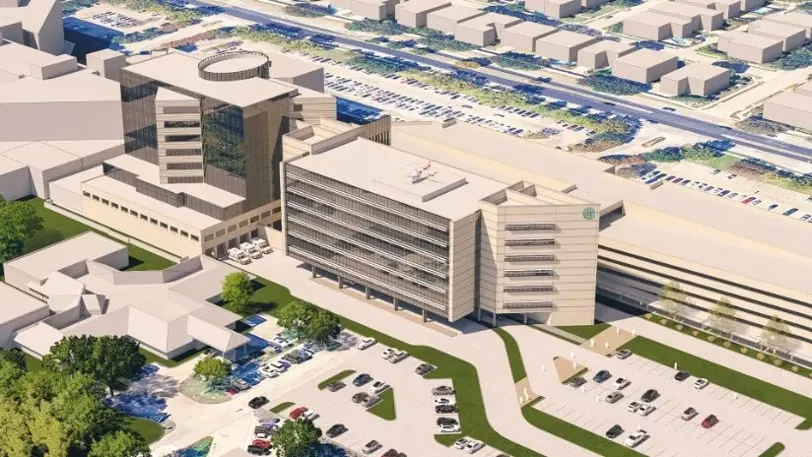Texas Health Plano has broken ground on a major facility upgrade valued at approximately US $343 million, signalling a large-scale investment in healthcare infrastructure. Located in the rapidly growing North Texas region, the expansion will include a new eight-storey tower, enhanced critical care facilities and a six-level parking garage. Importantly, the project addresses forecast population growth, Plano and surrounding areas anticipate more than 267,000 new adult residents over the next decade. Construction begins mid-2025, with the new tower expected to open by fall 2028.
The new building will deliver approximately 563 hospital beds and almost 400 critical-care beds, supporting the region’s acute-care demand surge. Meanwhile, the six-level parking garage will provide 538 additional vehicle spaces and include a skybridge connection to an adjacent medical office building. Further, the enhancements will enable Texas Health Plano to serve more complex cases, reduce transfer rates and improve patient flow across the campus.
Project Factsheet
Developer/Owner: Texas Health Resources, Plano, Texas, USA
Project: Plano campus expansion – hospital tower + parking garage
Investment: Approx. US $343 million
Scope: New eight-storey patient tower (563 beds, ~400 critical-care beds) + 6-level garage (538 spaces) with skybridge
Timeline: Ground-breaking 2025; opening anticipated fall 2028
Strategic aim: Meet growing healthcare needs in Plano region (267,000 adult residents projected)
Significance for Construction & Infrastructure
This expansion presents significant opportunity for construction firms specialised in healthcare infrastructure, especially in structural, MEP and civil scopes. The scale of beds and critical-care capacity drives demands for heavy concrete foundations, vertical crane logistics, high-spec mechanical systems and interior technical fit-outs. Furthermore, the parking garage and skybridge introduce complex vehicular and pedestrian circulation design, requiring coordination among civil, structural and transportation-engineering teams.

Additionally, because the facility must remain operational during construction, contractors will need phased delivery strategies, stakeholder coordination and minimisation of disruption—a challenge that local and regional construction firms must plan for. This mirrors trends seen in HCA Healthcare’s $1.3 billion Good Samaritan Hospital campus expansion in San Jose, where active healthcare environments demand intricate scheduling and systems integration. What’s more, the project’s sustainability and systems-integration elements (medical-gas, HVAC redundancy, power resilience) reflect rising standards in healthcare build-outs, providing lessons for firms involved in similar projects across Africa and emerging markets. Ultimately, the expansion underscores how healthcare infrastructure in growth regions is driving major construction pipelines, and firms that can deliver high-quality, scalable and site-sensitive work will gain advantage.

